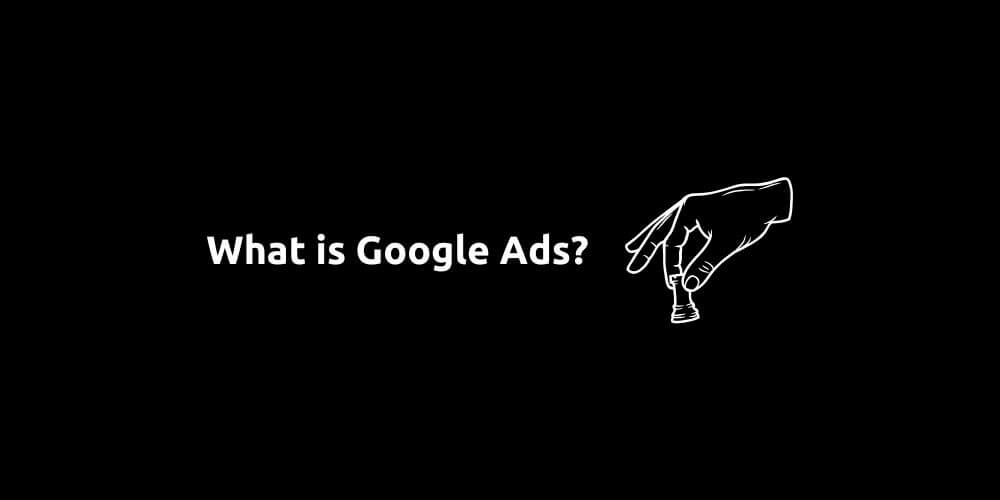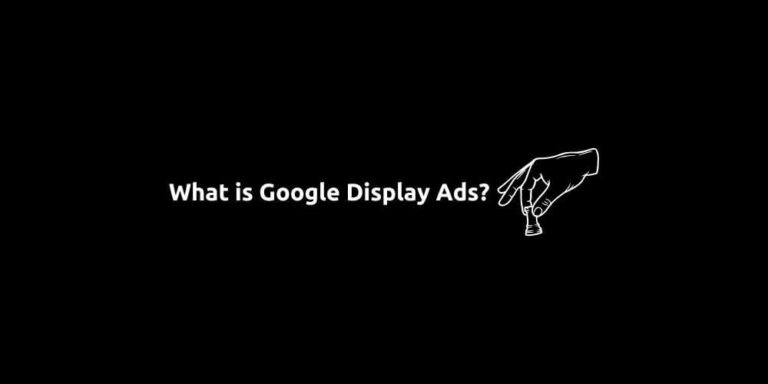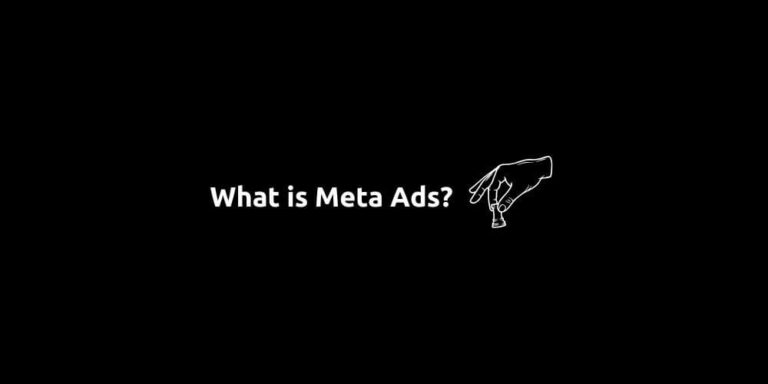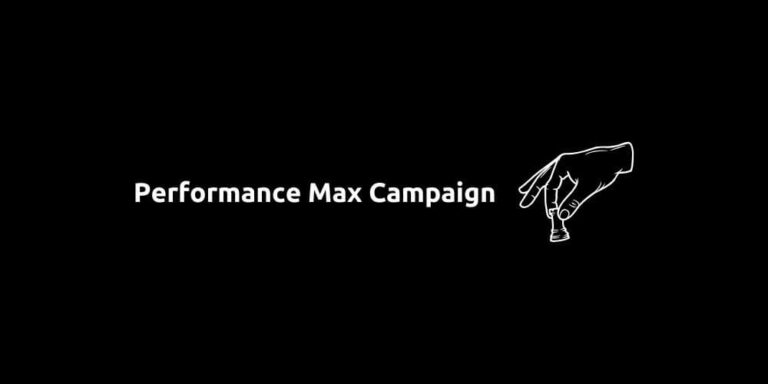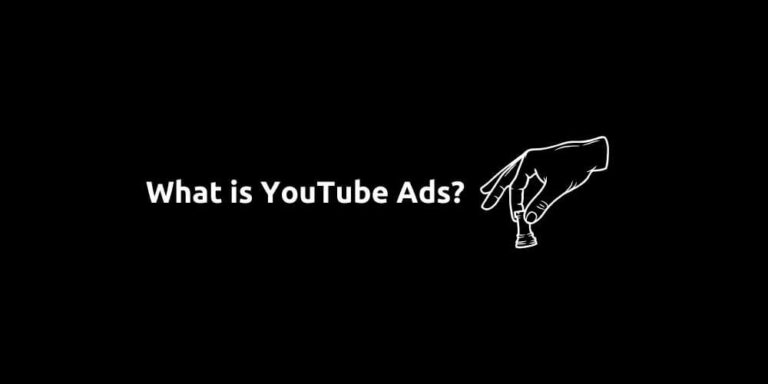What is Google Ads?
“What is Google Ads?” is one of the most common questions among businesses nowadays. Without a doubt, In today’s digital age, with millions of people turning to Google every second to search for products, services, or answers, having a presence on this platform has become crucial for any organization. This is where Google Ads steps in.
Content:
- So, What is Google Ads?
- How Does Google Ads Work?
- Benefits of Using Google Ads
- Challenges of Google Ads
- How to Get Started With Google Ads?
So, What is Google Ads?
Google Ads is an online advertising platform developed by Google, designed to help businesses reach their target audience through a variety of ad formats and placements. Whether it’s a local coffee shop looking to attract nearby customers or a multinational corporation launching a global campaign, Google Ads provides the tools to connect businesses with users actively searching for their offerings.
What sets Google Ads apart in the first place is its ability to serve ads to users based on intent. When someone searches for a term like “best running shoes” or “nearby Italian restaurants,” they are showing clear intent to take action—whether it’s making a purchase, booking a reservation, or simply learning more. Google Ads allows businesses to appear at the very top of search results, ensuring maximum visibility and the chance to capture this valuable intent-driven traffic. We call this Search Campaigns. The mother of PPC ads.
However, Google Ads is not limited to search-based campaigns. The platform offers a variety of campaign types to suit different business goals and marketing strategies. Here is a list of campaign types in Google:
- Search Campaigns: Text-based ads that appear on Google’s search engine results pages (SERPs), targeting users with high intent.
- Display Campaigns: Visual banner ads displayed on Google’s partner websites, ideal for building brand awareness and reaching broader audiences.
- Shopping Campaigns: Product-based ads showcasing items with images, prices, and store information, perfect for e-commerce businesses.
- Video Campaigns: Engaging video ads that run on YouTube and other video platforms, great for storytelling and building emotional connections with audiences.
- App Campaigns: Ads promoting mobile apps across Google’s network, helping drive app downloads and user engagement.
- Performance Max Campaigns: A comprehensive campaign type using machine learning to optimize ad performance across all of Google’s channels, including Search, Display, YouTube, and more.
The platform uses a pay-per-click (PPC) model, meaning businesses only pay when someone interacts with their ad—be it a click, call, or even a video view. This makes it a cost-effective solution for organizations of all sizes, as they can control their budgets while targeting the right audience at the right time.
Over the years, Google Ads has become synonymous with digital marketing success, empowering businesses to grow by leveraging the vast reach of Google’s search engine and partner networks.
So, as simple as it get answer to what is Google Ads is: Google Ads is an online advertisement tool where you can reach your potential customers on almost every corner of the internet. But of course, there is more.
How Does Google Ads Work?
Understanding how Google Ads works is essential for businesses aiming to maximize their online marketing efforts. With careful planning and strategic execution, Google Ads can drive significant results, helping businesses connect with their ideal customers at the right time and place.
Google Ads operates on a dynamic system that ensures advertisers can reach their target audience while maintaining control over their budgets. Bidding, Ad Auction, and Quality Score are 3 critical components of Google Ads. Here is why:
The Google Ads system operates on an ad auction mechanism. When a user performs a search, Google evaluates all eligible ads and determines which ones to display. Two key factors influence this process:
- Bid Amount: The maximum amount an advertiser is willing to pay for a click.
- Quality Score: A rating (1 to 10) assigned by Google based on the relevance and quality of the ad, the landing page experience, and the expected click-through rate (CTR).
The combination of these factors results in an Ad Rank, which determines the placement and visibility of the ad on Google’s SERPs. The logic is simple: High-quality ads can achieve better positions at a lower cost due to their relevance and value to users.
Bid Strategies in Google Ads
Google offers several bidding strategies tailored to different objectives. Here’s a detailed look at how it works.
- Manual CPC (Cost-Per-Click): Advertisers set maximum bids for clicks, allowing greater control over how much they spend per interaction. Google continuously push advertisers to use automated bidding strategies. However, this strategy is still useful for campaigns with tightly controlled budgets.
- Enhanced CPC (ECPC): This semi-automated strategy adjusts bids in real time to increase the likelihood of conversions. Google’s algorithm raises or lowers bids based on the likelihood of a click resulting in a conversion. This strategy is not available for Search and Display campaign types anymore. Please check this link for detailed explanation.
- Target CPA (Cost-Per-Acquisition): Designed to maximize conversions, this strategy allows advertisers to set a target cost for acquiring a new customer. Google adjusts bids to achieve as many conversions as possible within the target cost.
- Target ROAS (Return On Ad Spend): Ideal for businesses focused on maximizing revenue, this strategy sets bids to achieve a specific return on ad spend. Google prioritizes clicks that are likely to result in higher-value conversions.
- Maximize Clicks: This automated strategy aims to generate as many clicks as possible within a specified budget. It’s useful for increasing website traffic.
- Maximize Conversions: Google uses machine learning to optimize bids for the highest number of conversions within a set budget. This strategy is effective for campaigns with clear conversion goals.
- Maximize Conversion Value: Similar to Maximize Conversions, but focused on driving the highest total conversion value, such as revenue or lead quality.
- Target Impression Share: This strategy is designed to ensure your ads appear in a specific percentage of eligible searches, prioritizing visibility over other metrics.
Benefits of Using Google Ads
Google Ads offers many benefits for businesses looking to grow their online presence. Its most significant advantage lies in its ability to target specific audiences. Whether through demographic data, geographical location, or even user behavior.
Plus, unlike traditional advertising, Google Ads provides real-time data and insights, enabling businesses to track the effectiveness of their campaigns and make adjustments as needed.
It also allows businesses to set their own budgets, ensuring that campaigns are cost-effective and aligned with financial goals. Furthermore, advanced bidding strategies ensure that businesses can optimize for clicks, conversions, or return on ad spend, making their marketing efforts more efficient.
The platform’s diverse campaign types—from Search to Video to Shopping—mean businesses can craft tailored strategies to achieve a variety of objectives, from boosting brand awareness to driving direct sales. by leveraging Google’s extensive network, businesses can reach potential customers across Search, YouTube, and countless partner websites, ensuring their message is seen by the right people at the right time.
Overall, Google Ads is a versatile and powerful tool that empowers businesses to thrive in a competitive digital landscape, offering both immediate visibility and long-term growth opportunities.
Challenges of Google Ads
Despite its many advantages, Google Ads is not without challenges.
One of the most significant hurdles is the cost, particularly for industries with high competition. Keywords that are in high demand can lead to elevated costs-per-click, making it difficult for small businesses with limited budgets to compete.
Additionally, mastering the platform requires a steep learning curve. The multitude of features, campaign types, and bidding strategies can be overwhelming for beginners, and poorly managed campaigns may result in wasted budgets without achieving the desired results.
Another challenge is the need for constant optimization and monitoring. Google Ads campaigns perform best when they are regularly reviewed and adjusted based on performance data. Neglecting this can lead to stagnation or diminished returns over time.
Moreover, success with Google Ads relies heavily on the quality of ad copy and landing pages. Even if your ads appear in top positions, they will not drive conversions if the landing pages fail to meet user expectations.
Businesses must also adapt to changes in Google’s algorithms and policies, which can impact campaign performance and require ongoing education. While Google Ads offers immense potential, achieving success demands careful planning, consistent effort, and a thorough understanding of the platform’s complexities.
How to Get Started With Google Ads?
Google Ads is a powerful advertising platform that can transform your business by connecting you with potential customers at the right time. Whether you’re aiming to boost sales, increase website traffic, or build brand awareness, Google Ads offers the tools to achieve your goals.
However, success requires a strategic approach, continuous learning, and regular optimization. With the right planning and execution, Google Ads can be a game-changer in your digital marketing strategy. And this is what we do at SS&T Digital. 👇
